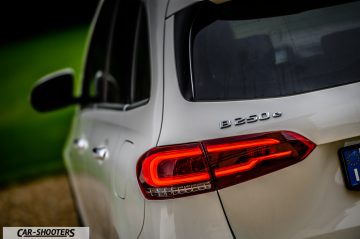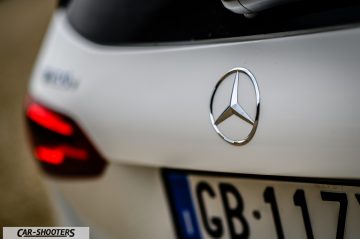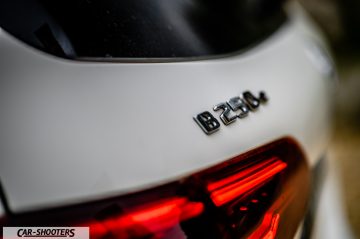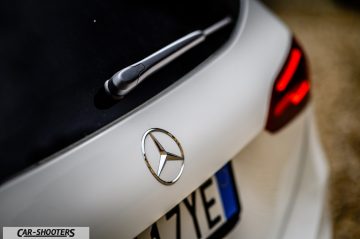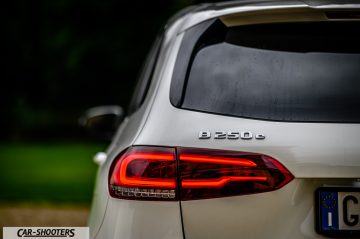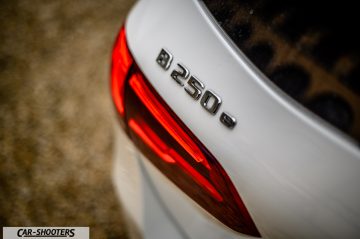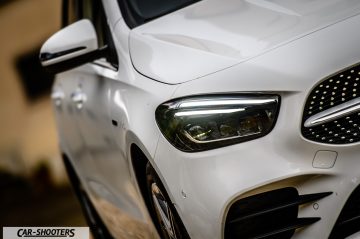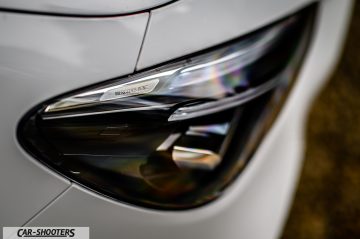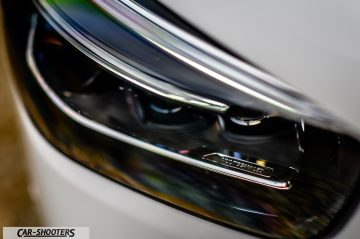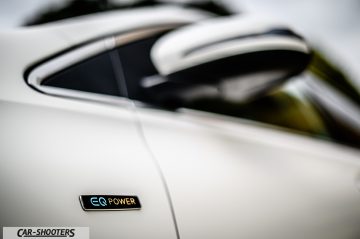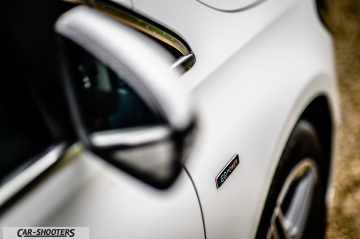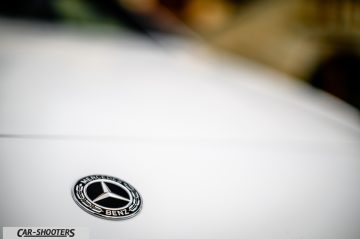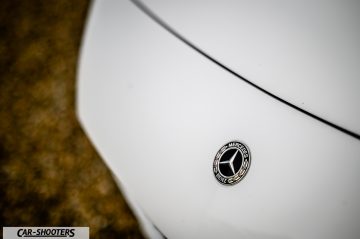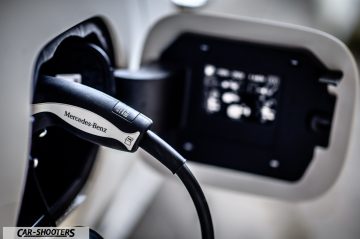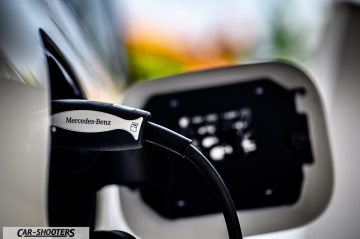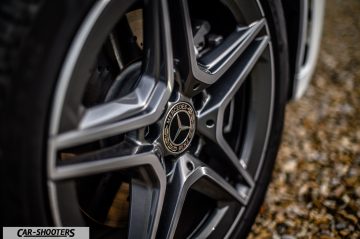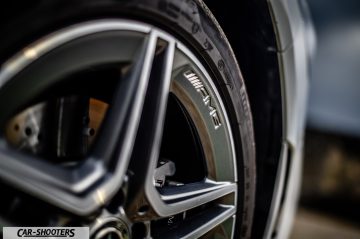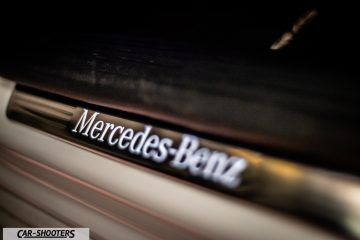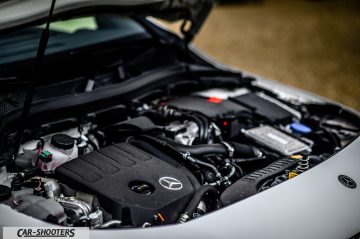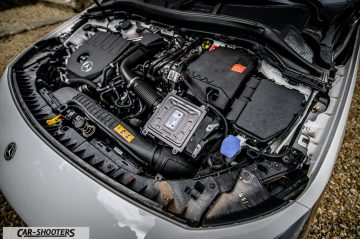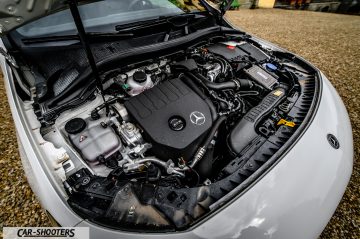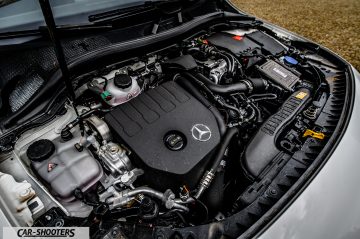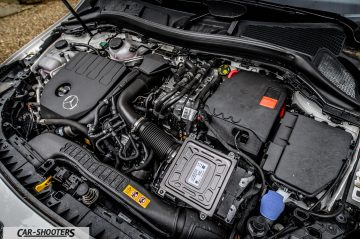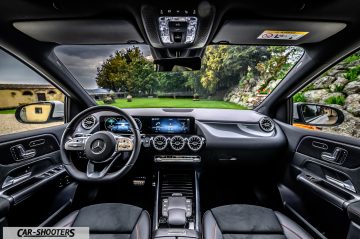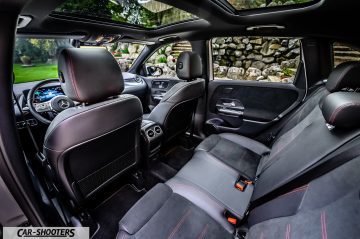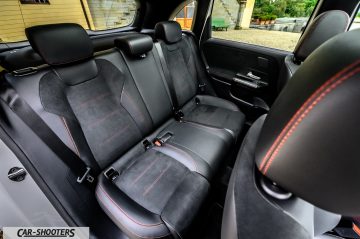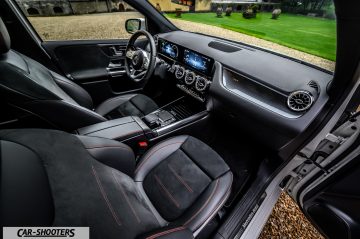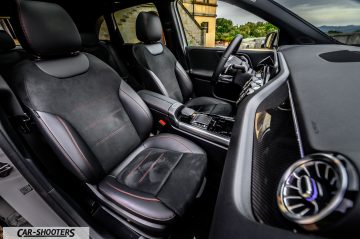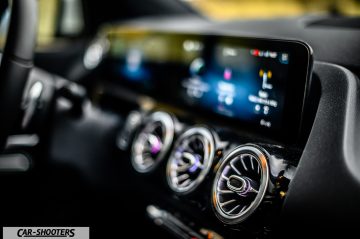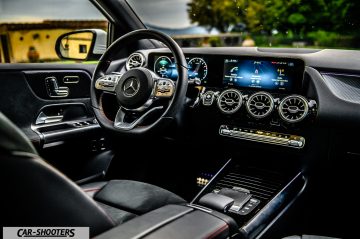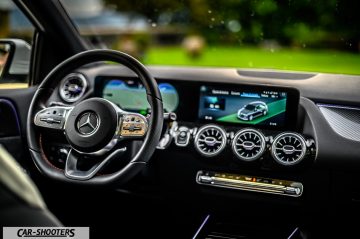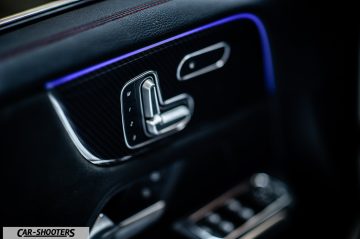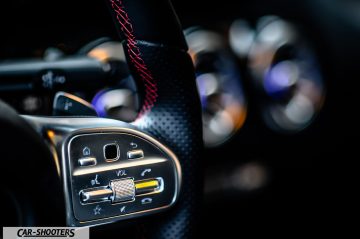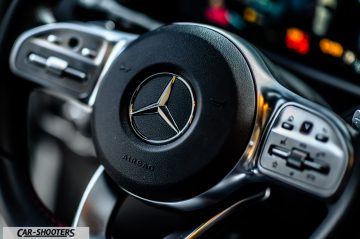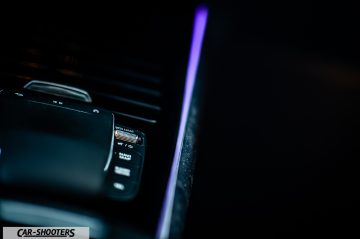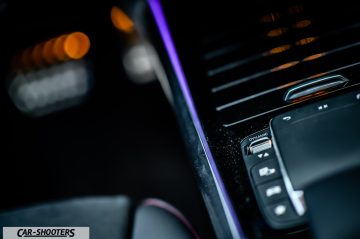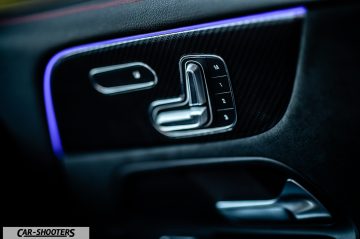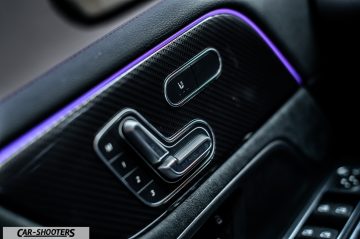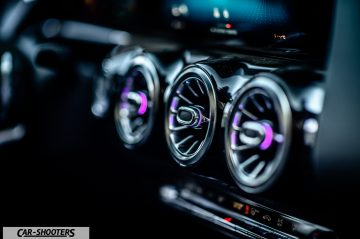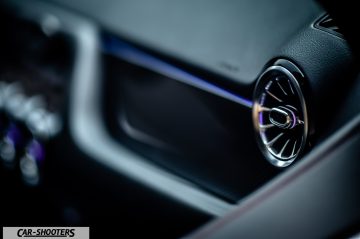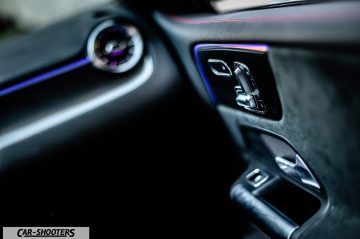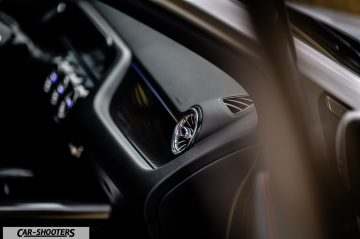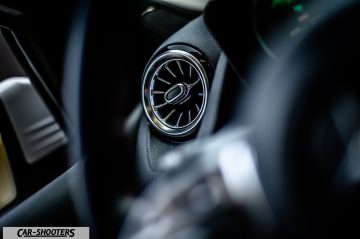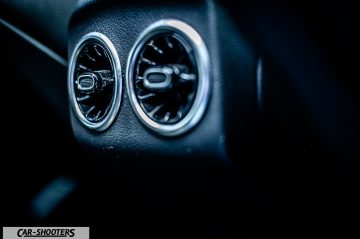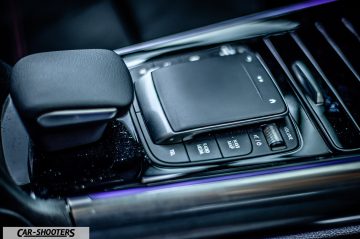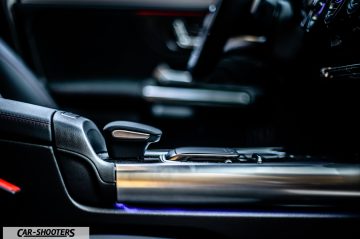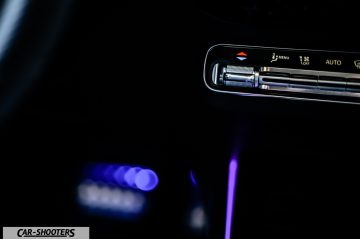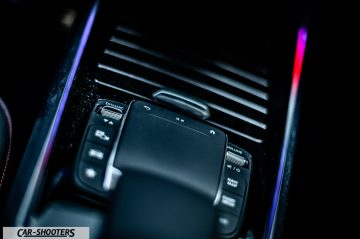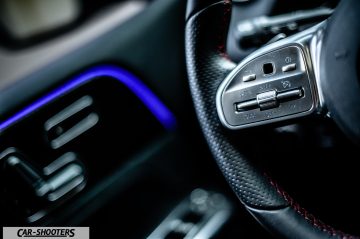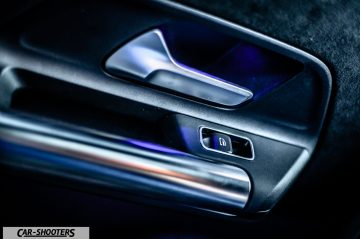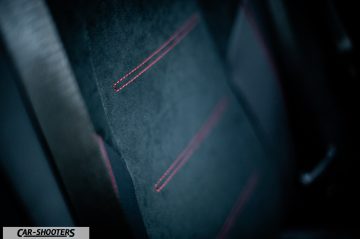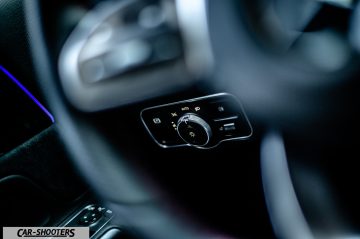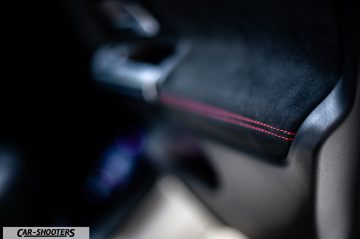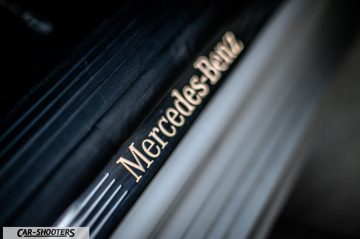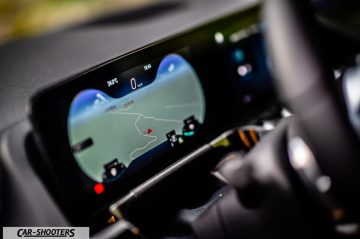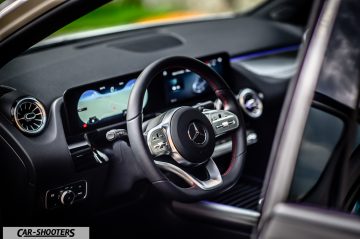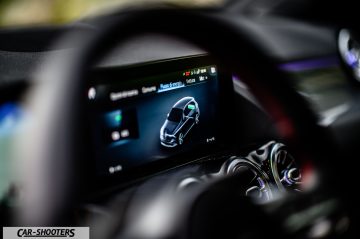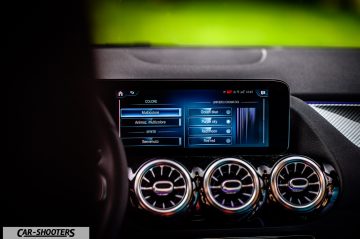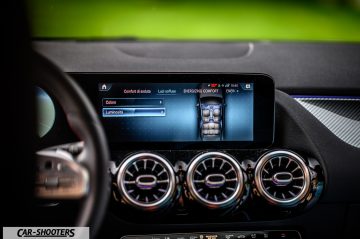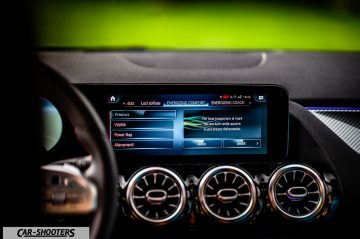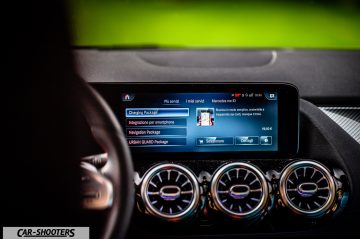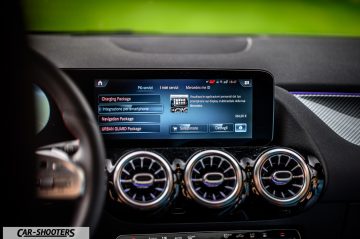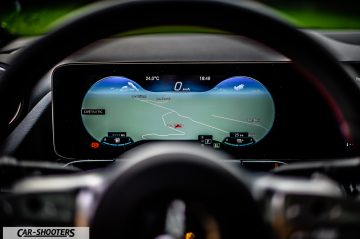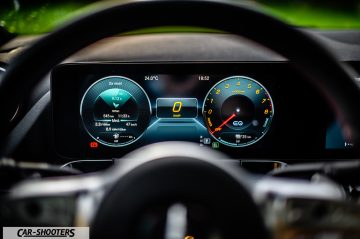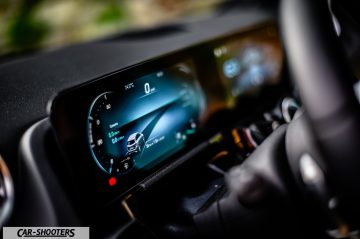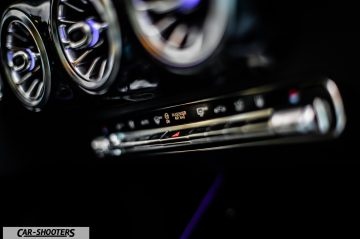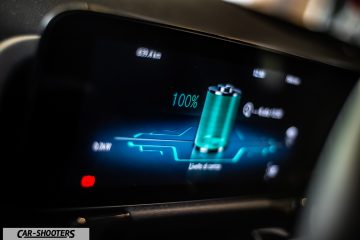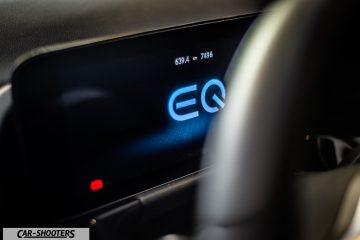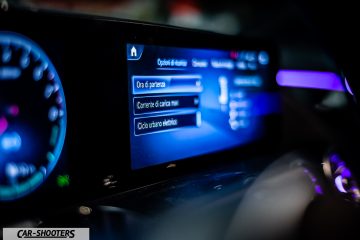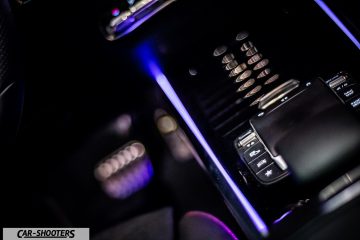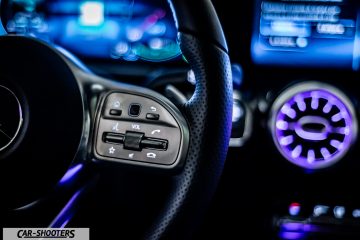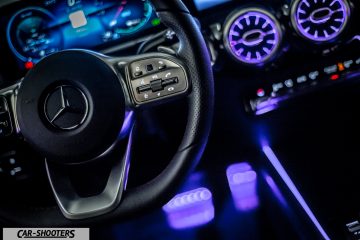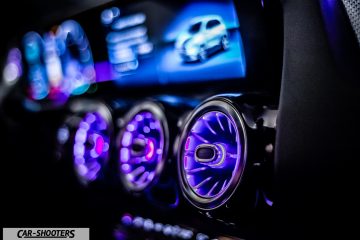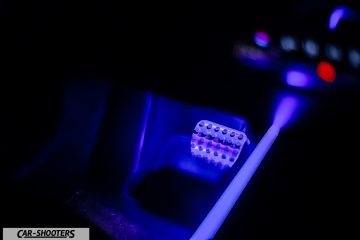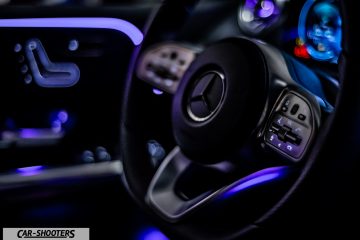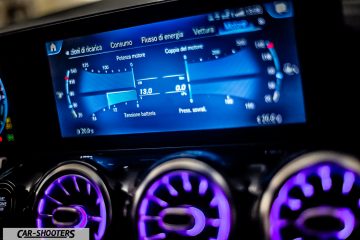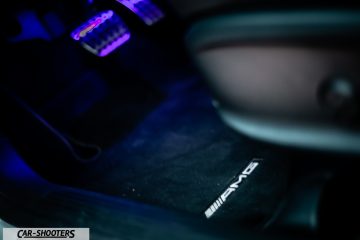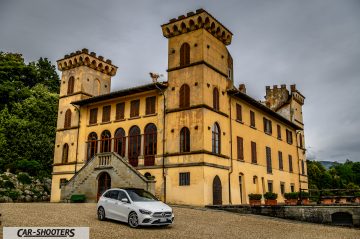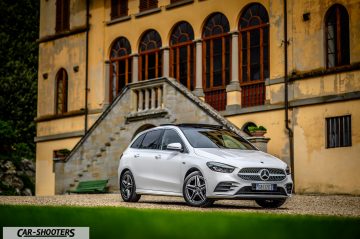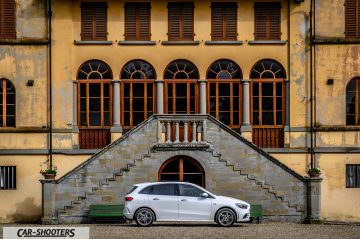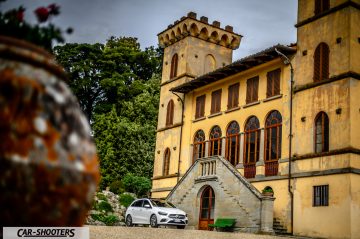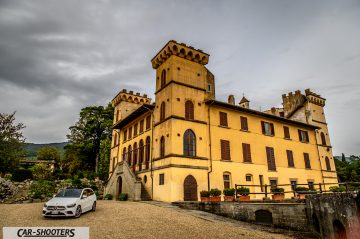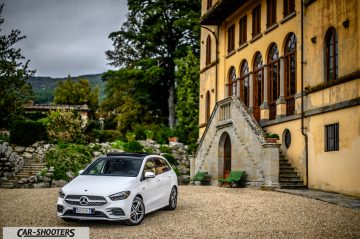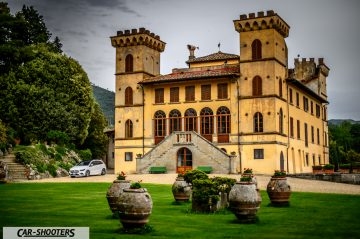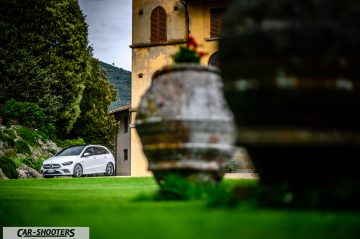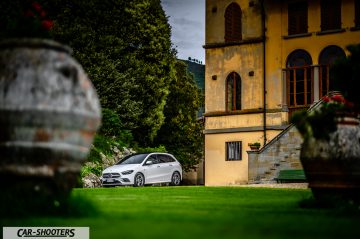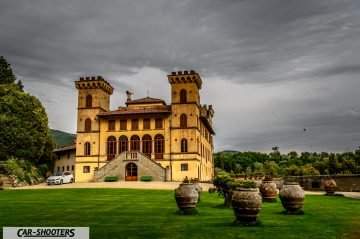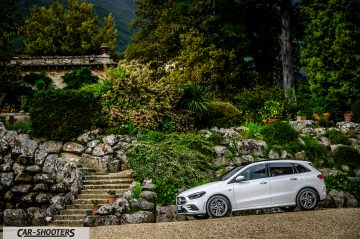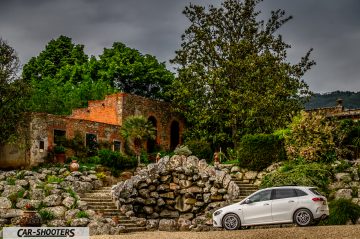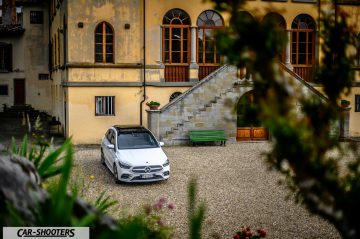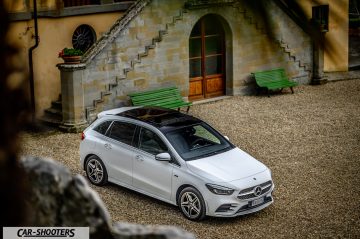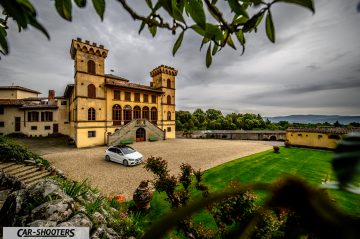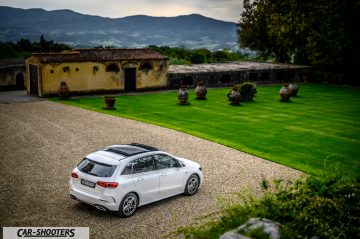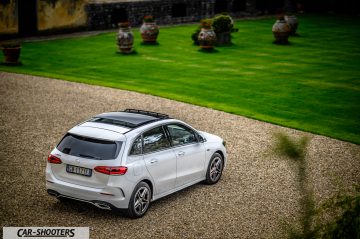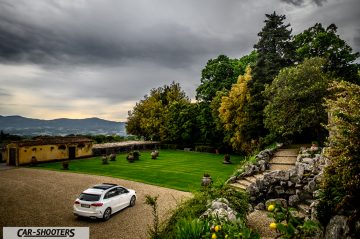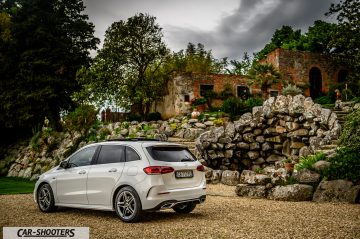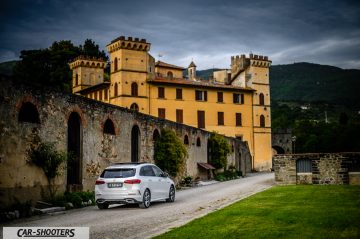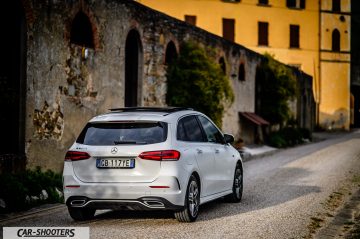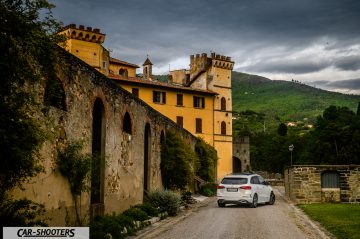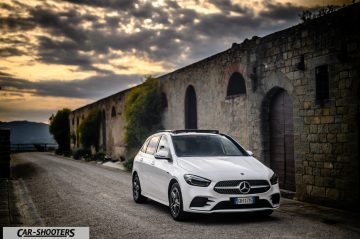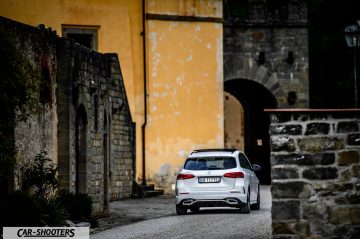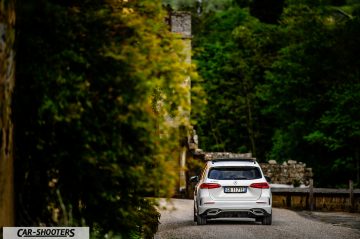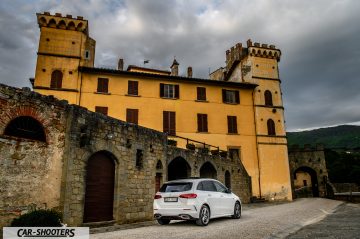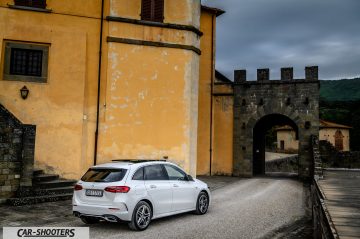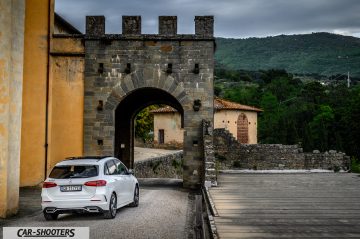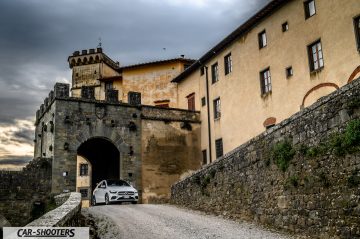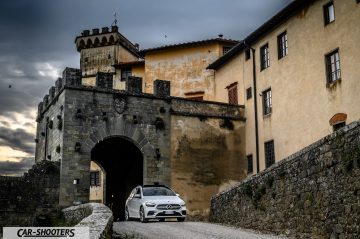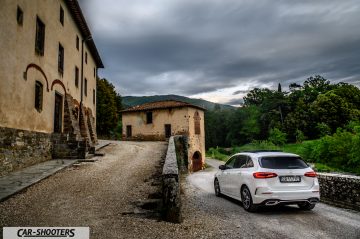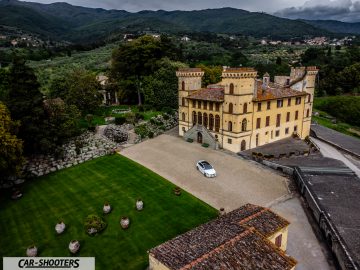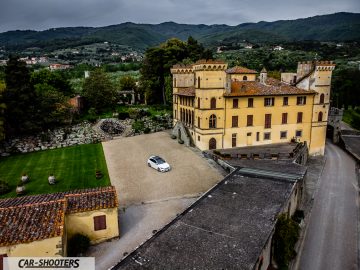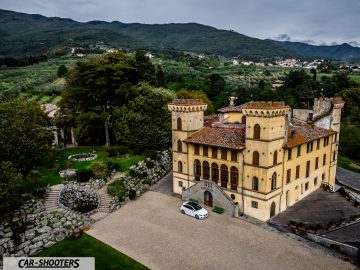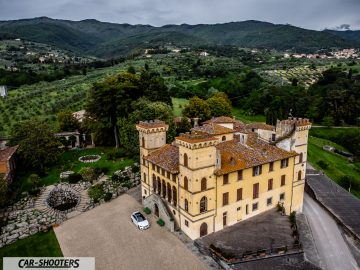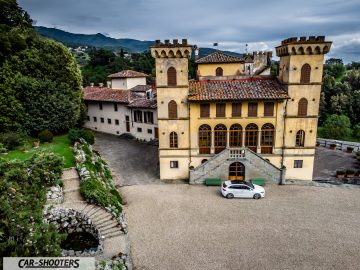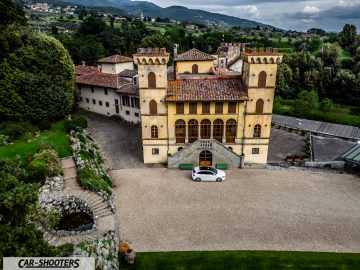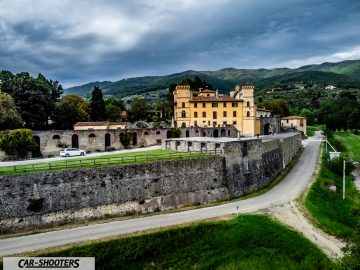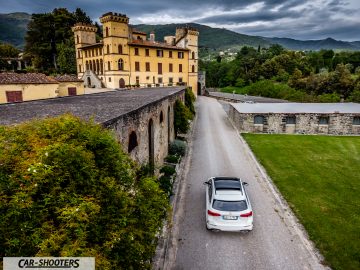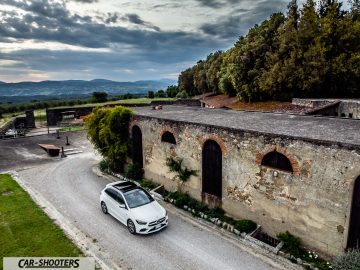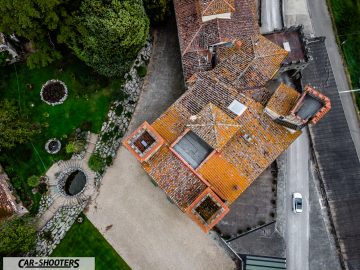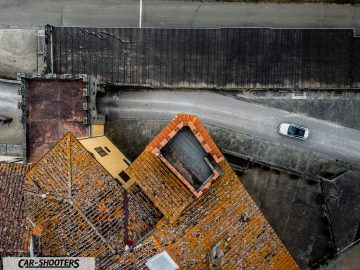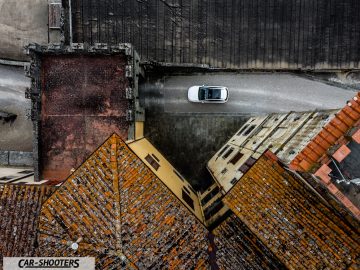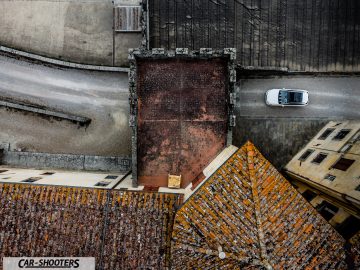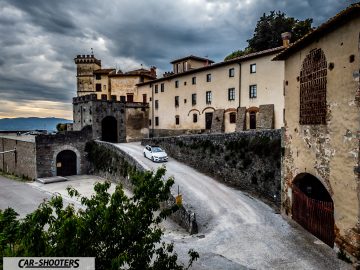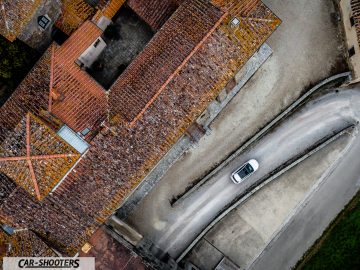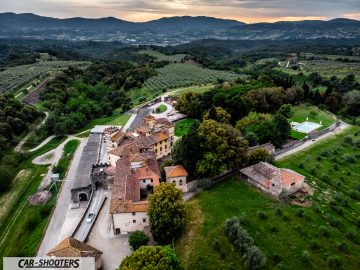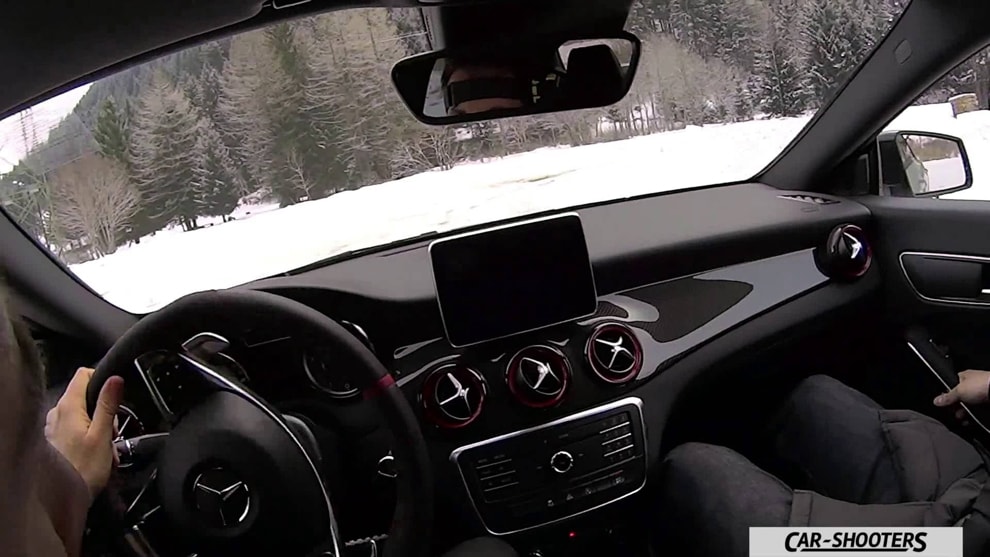For today’s review we are on board the Mercedes B-Class 250e. To celebrate the elegance of this B-Class, we went to a place we already know and are very fond of. In fact, we are located near Reggello (FI) at the Agriturismo I Bonsi. Immersed in the Tuscan hills, the elegance of this place rich in history blends perfectly with the lines of the Mercedes B-Class.
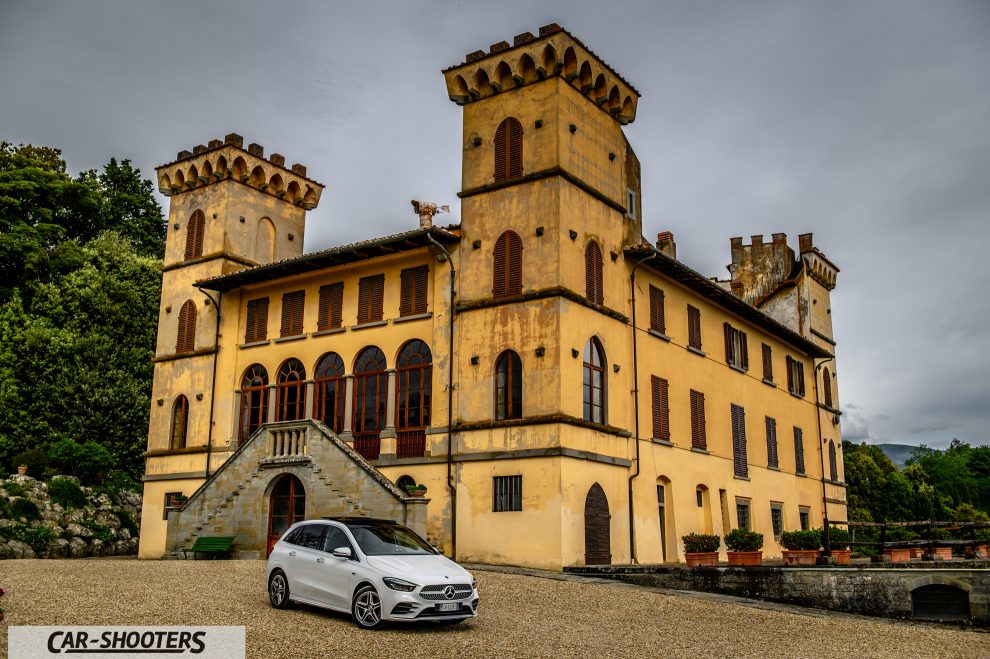
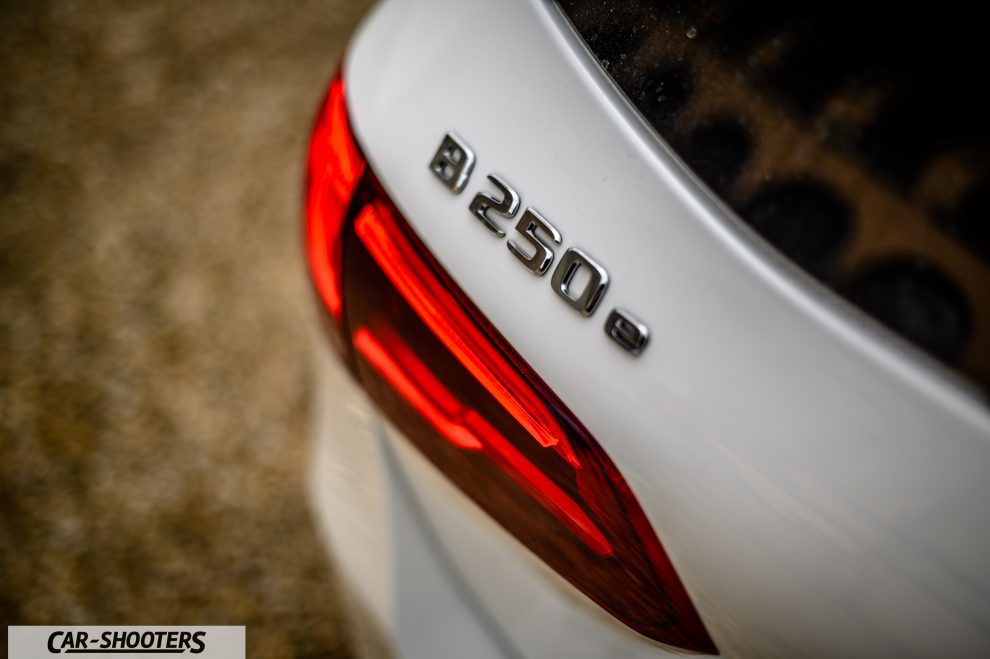
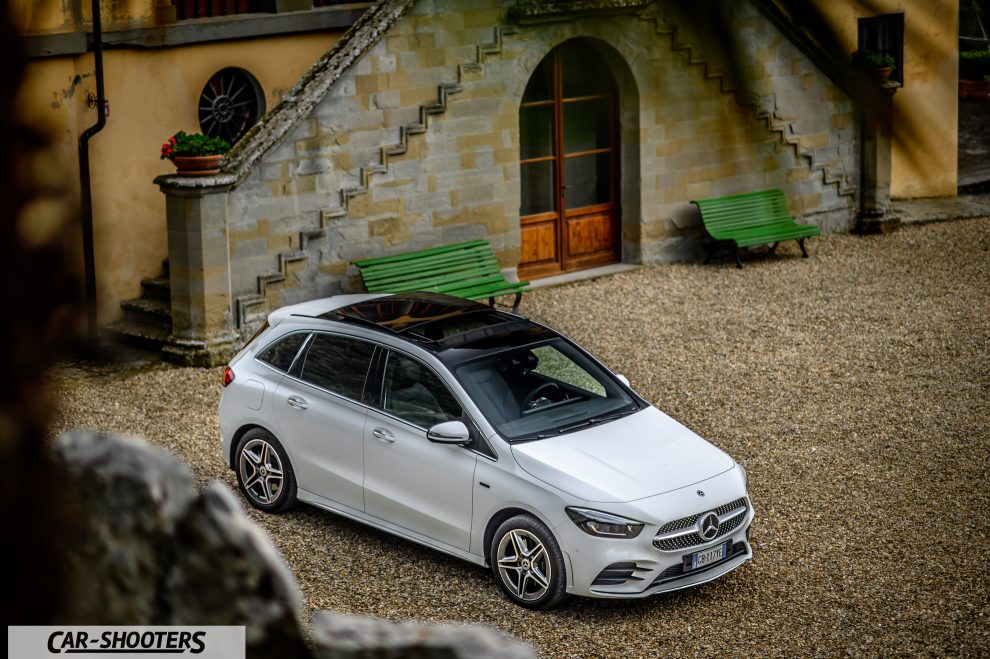
The Mercedes B-Class on test is presented in a beautiful pastel polar white, the immense glass roof is very nice which, together with the 18-inch alloy wheels, gives a truly aggressive look. It is no coincidence that Mercedes calls it Sportstourer, precisely to evoke these sporty ambitions while guaranteeing plenty of space on board. Apart from the color, everything is offered as standard with the Premium trim level, which also includes the AMG-Line package.

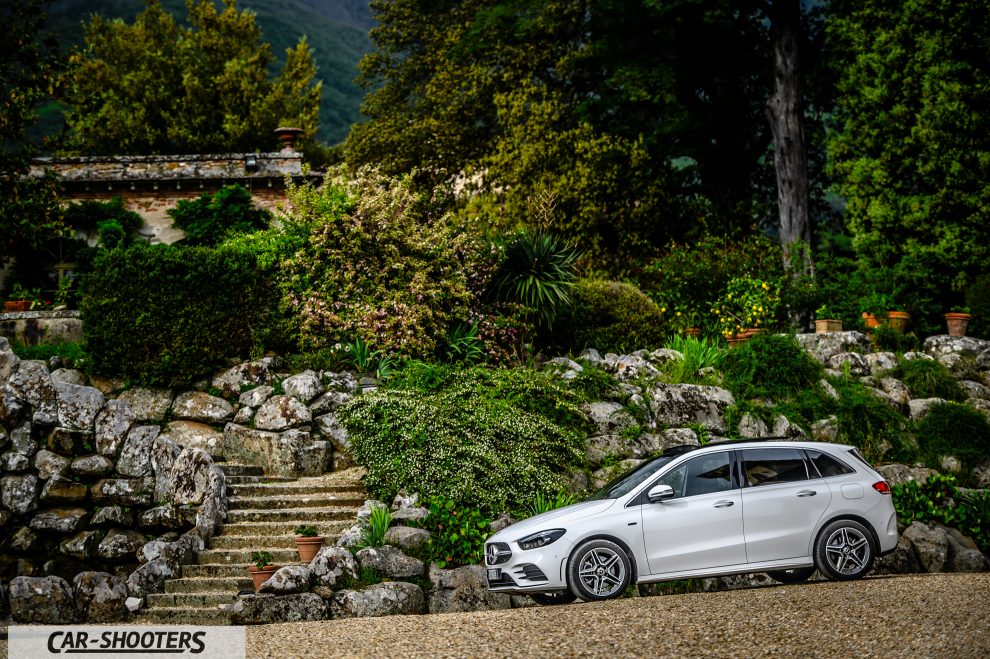
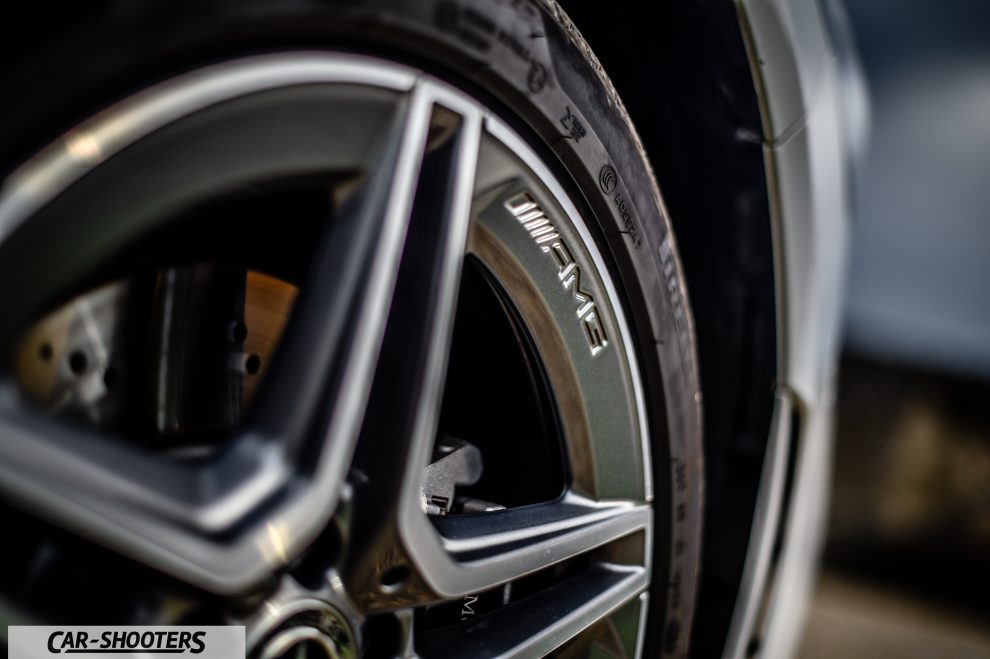
Entering inside the Mercedes B-Class, one we are definitely surprised. A modern environment, with attention to every detail. The quality is really high, from the circular air vents to the red stitching of the Arctic seats, passing through an excellent choice and combination of materials. Pleasant touch sensation everywhere and well-made assemblies, we couldn’t expect anything else from a Mercedes! If you really need to find an issue, the gear selector lever positioned behind the steering wheel does not give the same feeling of solidity as the rest of the passenger compartment, an irrelevant detail.
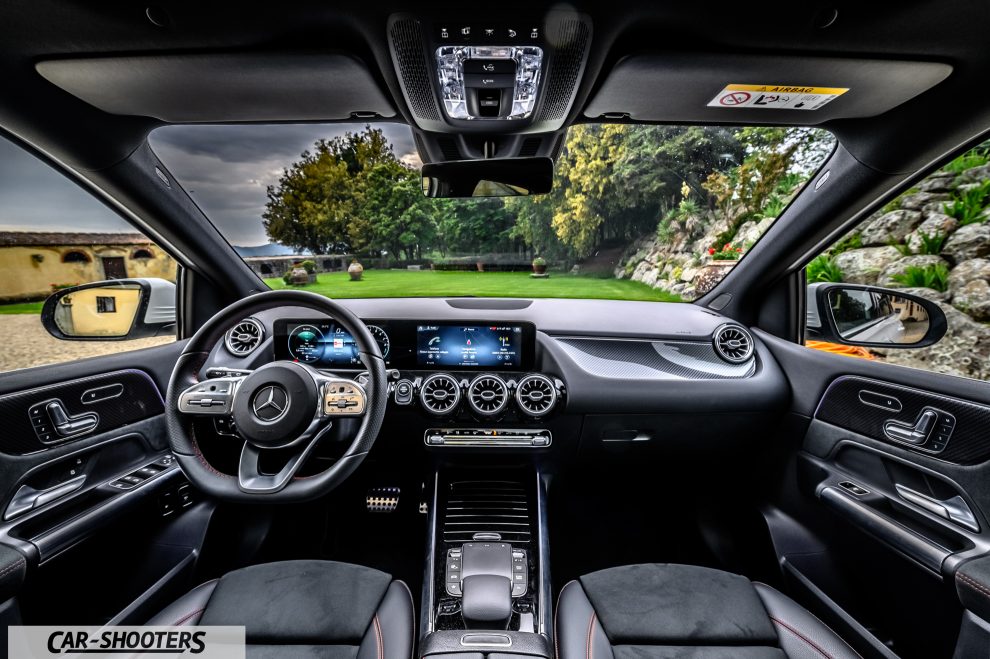
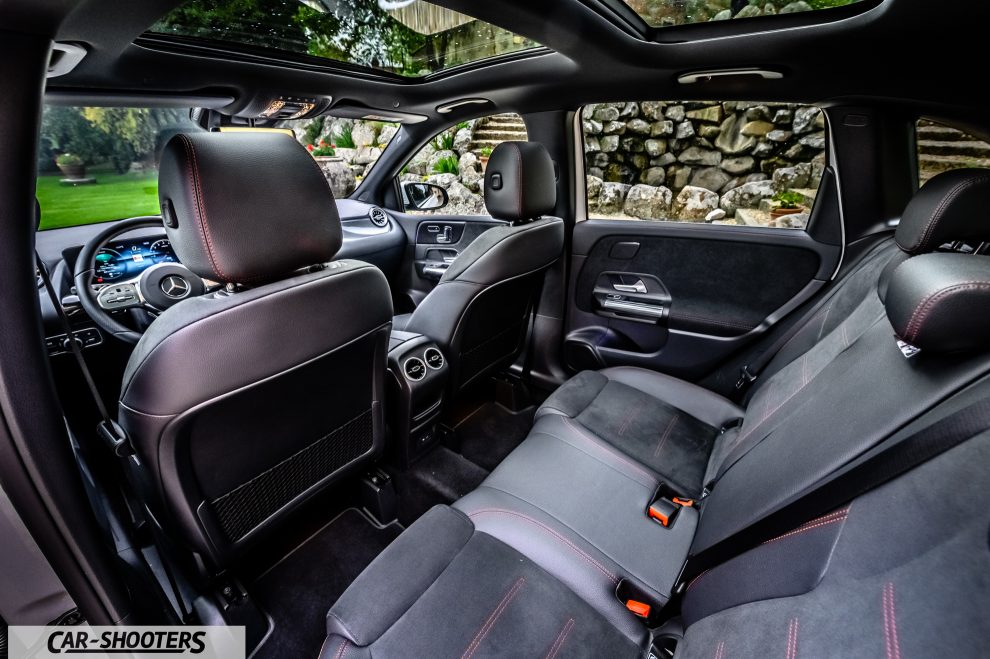
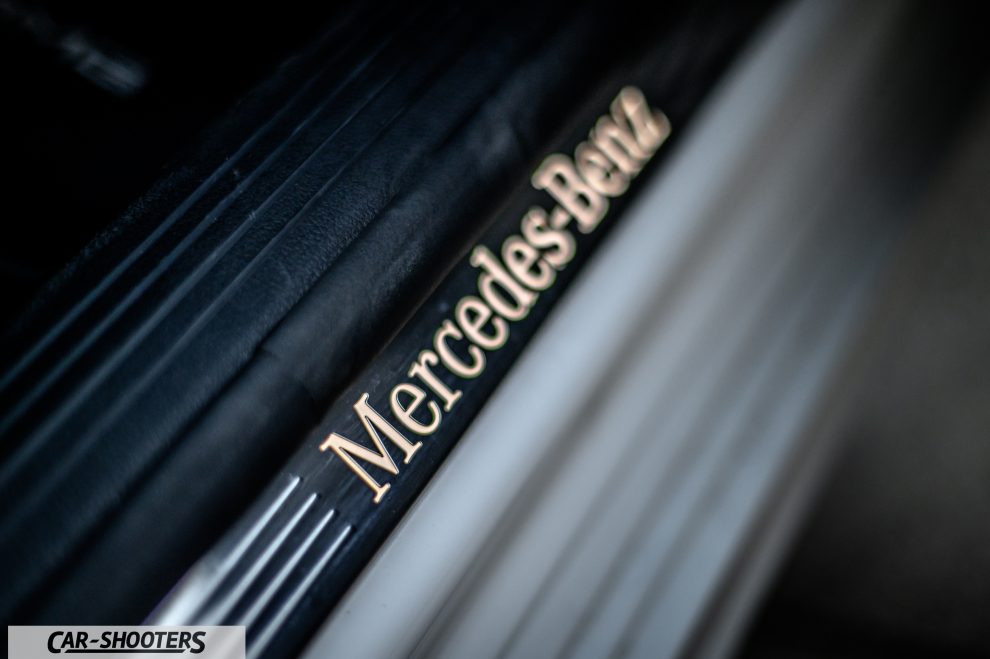
When darkness falls, the show is guaranteed: the interior lighting allows you to vary between 64 colors and three zones, also offering predefined scenarios that change color over time.
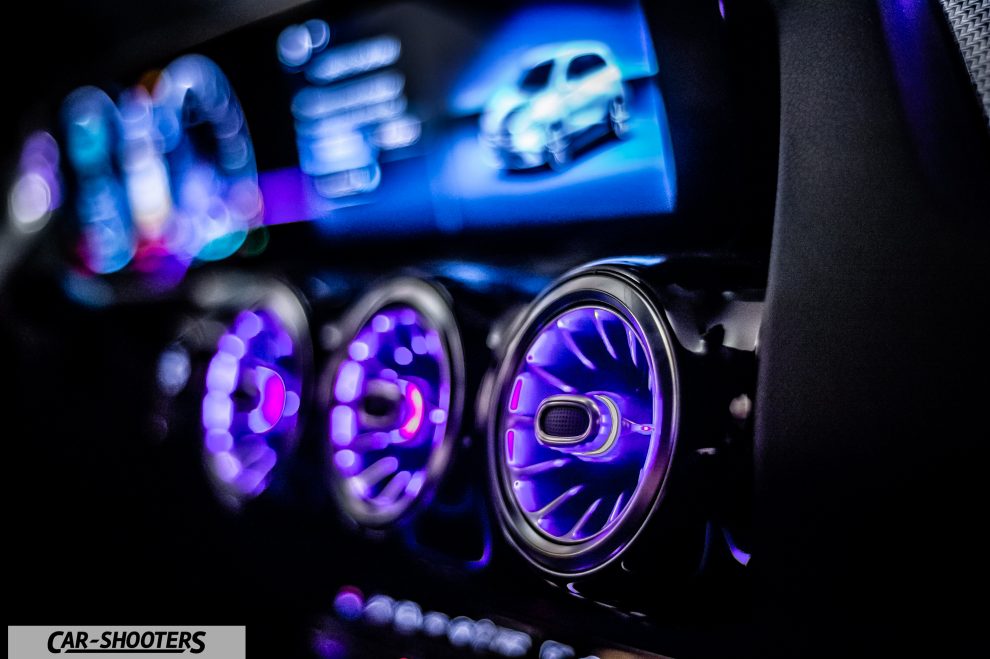
Undoubtedly the protagonists of the interior are the two gigantic 10.25-inch screens of the Mercedes Benz User eXperience (MBUX) infotainment system. Nowadays almost all infotelematics systems are constantly connected to the network, have voice recognition systems, offer OTA map updates or have screens with very high definitions. MBUX goes a step further by completely revolutionizing the way in which you can enjoy this content. Everything focuses on the user experience (Human Machine Interface – HMI), always making it as pleasant and natural as possible.
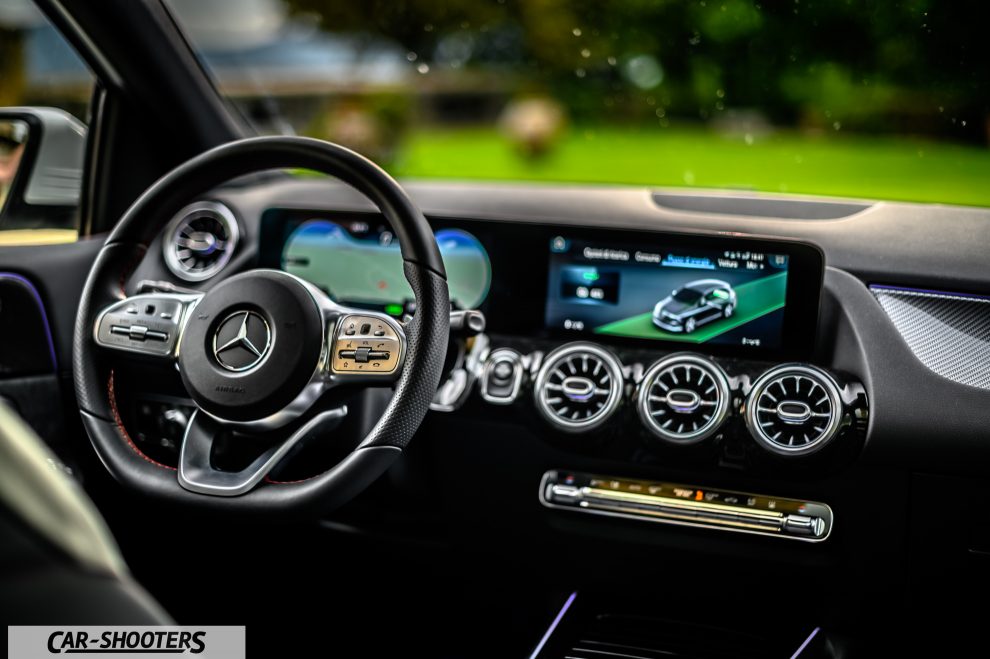
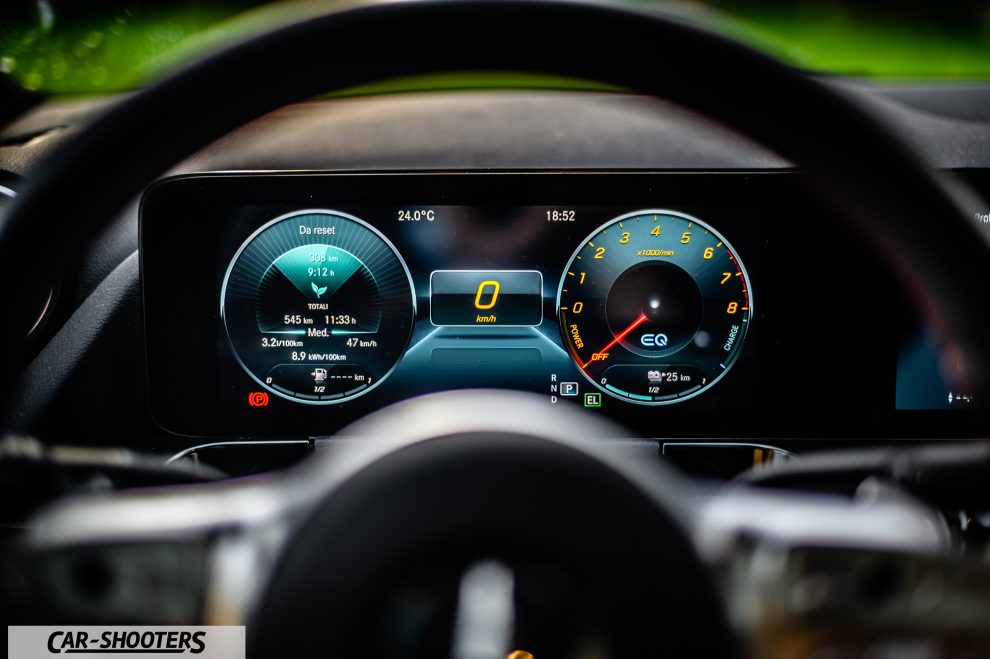
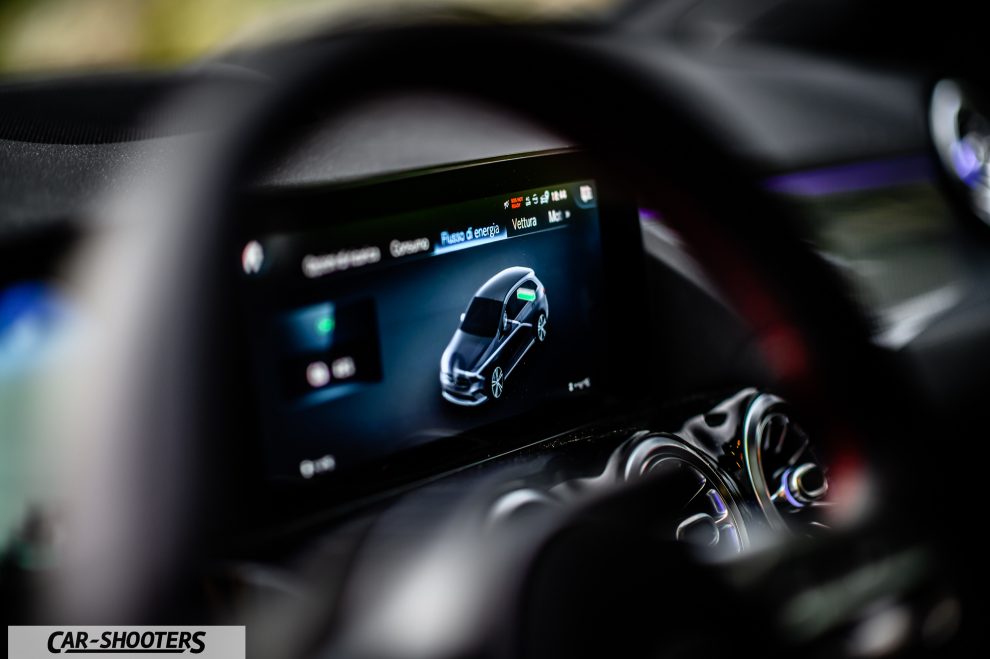
Just think about how you physically interact with the system. The ways are many and never confusing, for example, you can control everything using classic touch commands directly on the central screen or on the central touchpad. Another mode that I particularly appreciated was through the two touchpads positioned on the two spokes of the steering wheel. Every function of the car is therefore accessible without ever taking your hands off the steering wheel. The voice commands created with the aid of Artificial Intelligence techniques are avant-garde. MBUX, in fact, does not respond to very precise commands, but is able to understand even complex questions or questions posed in different alternative forms. Amazing!
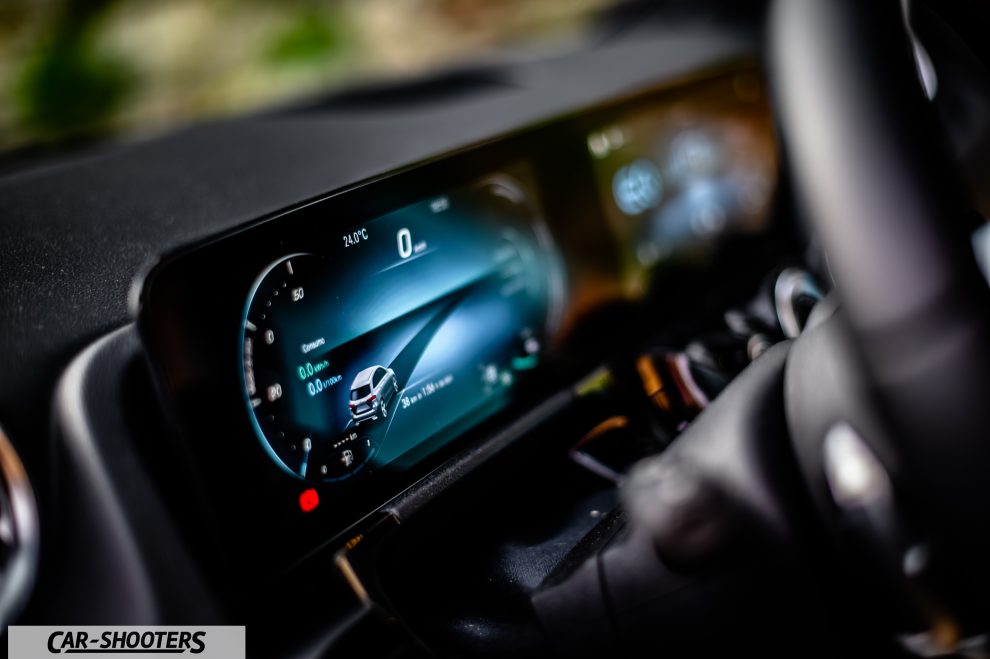
The car under test also features Multibeam LED headlights that offer very effective illumination of the road at night, adapting to all conditions quickly and responsively. Too bad, however, for the absence of ADAS on the model under test, but present as an option.
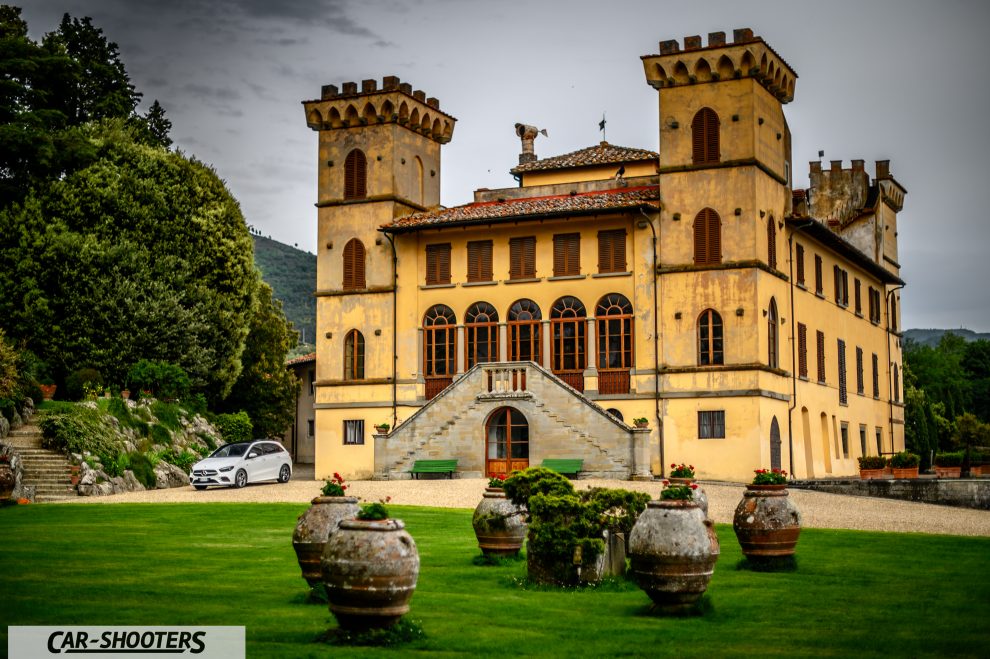
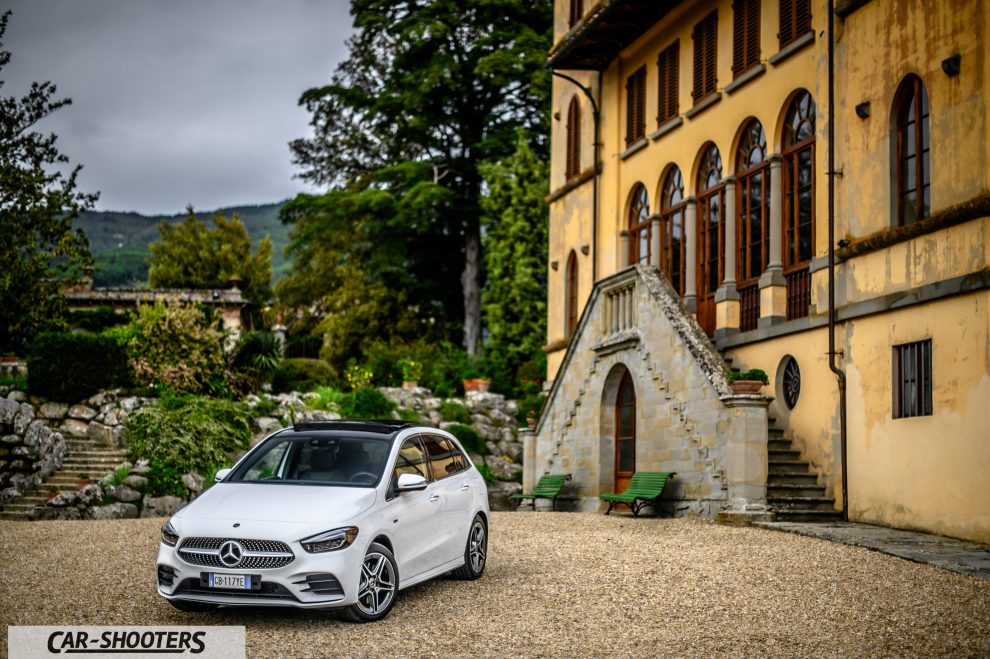
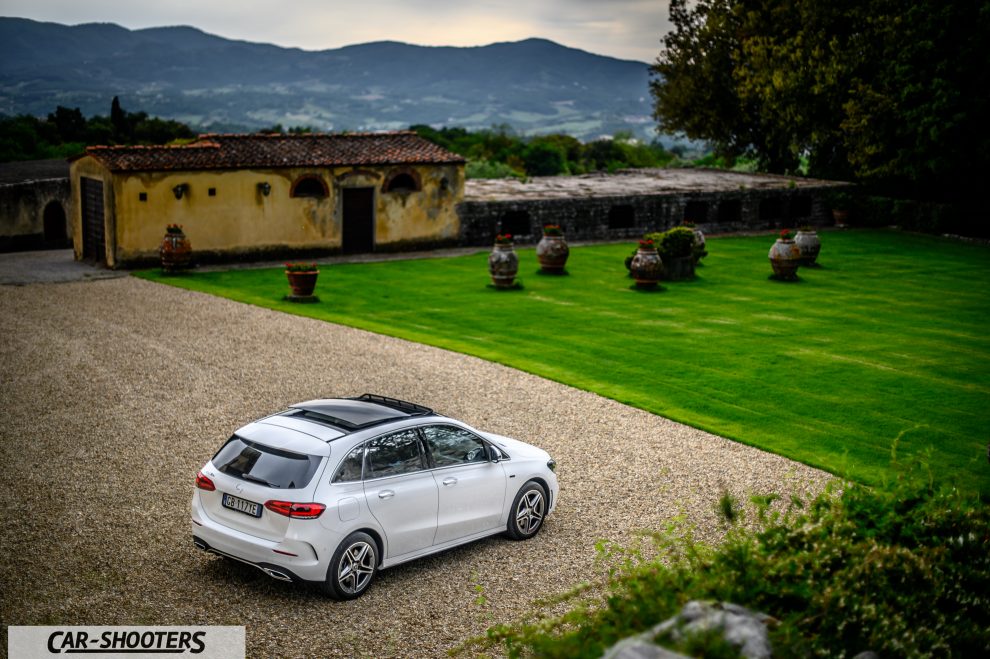
As the name suggests, we are testing the plugin hybrid version of the range. The hybrid Mercedes plugin consists of a 160 horsepower 1.3 turbo four-cylinder petrol engine and a 102 horsepower electric motor, all combined with an 8-speed dual-clutch gearbox. The total power reaches 218 horsepower with a torque of 450nm, this allows you to cover 0-100 kph in just 6.8 seconds.
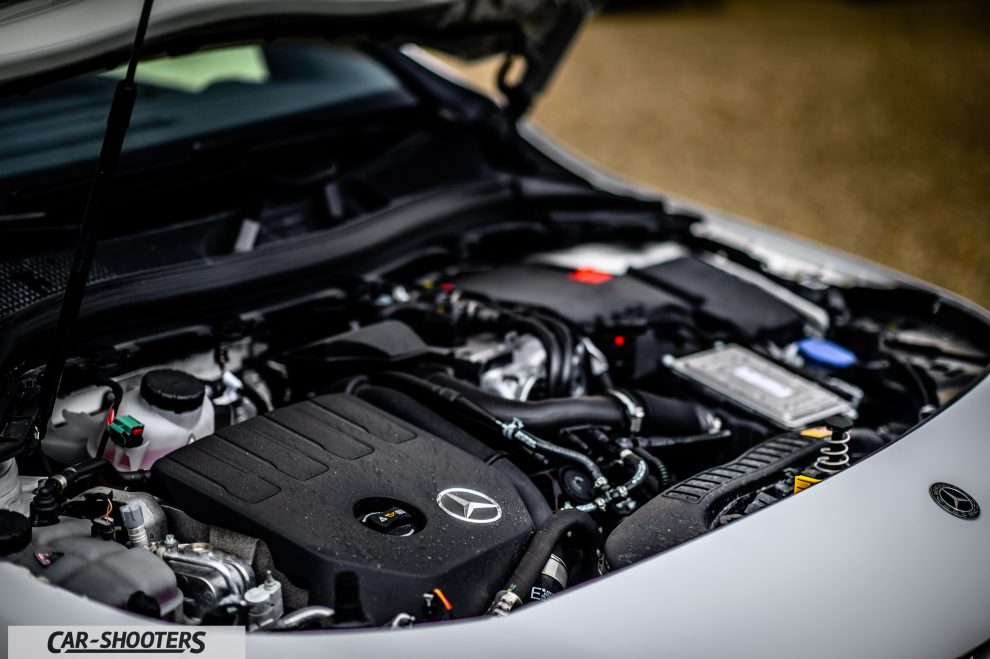
Always considering the type of car, a truly unexpected good dynamic behavior is obtained. The instantaneous torque of the electric motor, especially when the battery is charged, makes it very fun to drive despite a set-up that tends to be calibrated on comfort. There are six driving modes (Eco, Comfort, Sport, Electric, Battery Level and Individual) and radically change the behavior of the powertrain, but not the set-up as electronically controlled suspensions are not available on request either. Undoubtedly the most interesting mode is “Electric”.
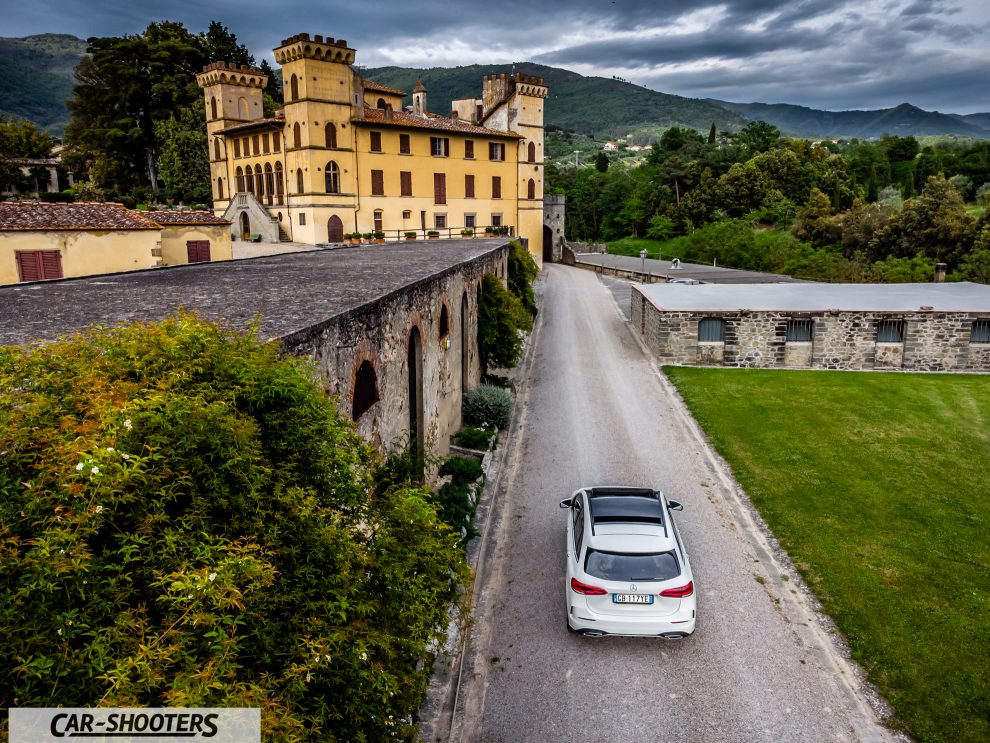
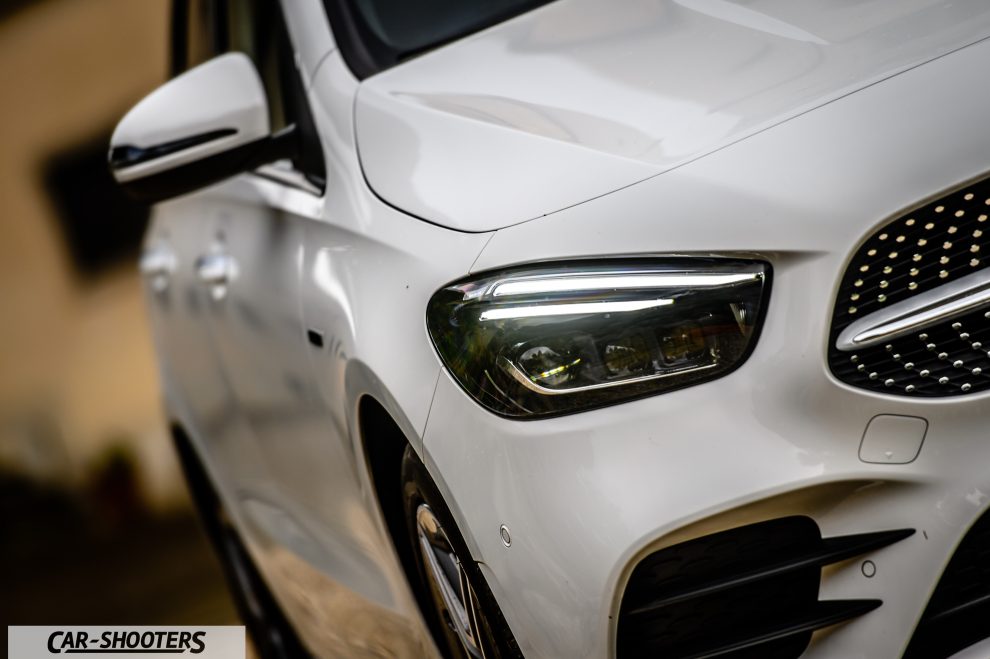
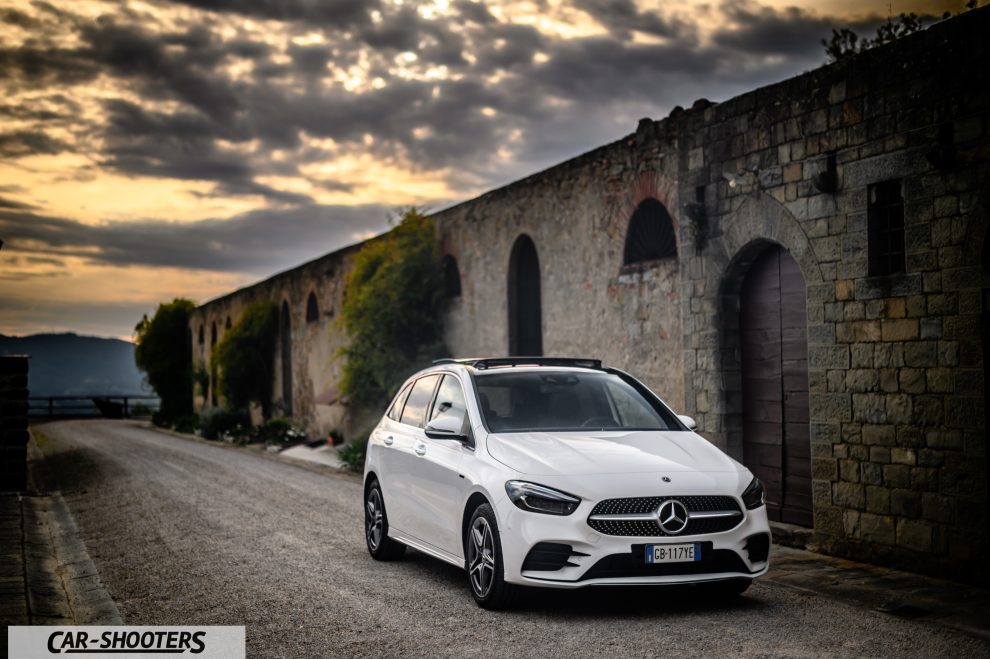
This mode, as the name suggests, allows you to use the electric motor until the battery runs out. If set, the levers behind the gearbox are no longer used to change gear, but to set the regeneration level. We have in fact four levels of regeneration (from the most invasive to the least: D–, D-, D, D) and a level called D Auto. The latter allows, thanks to the cartography and the front radar, to manage the regeneration level in total autonomy. Just let go of the accelerator control to notice how the opposite force applied by the electric unit varies according to the current traffic or road conditions.
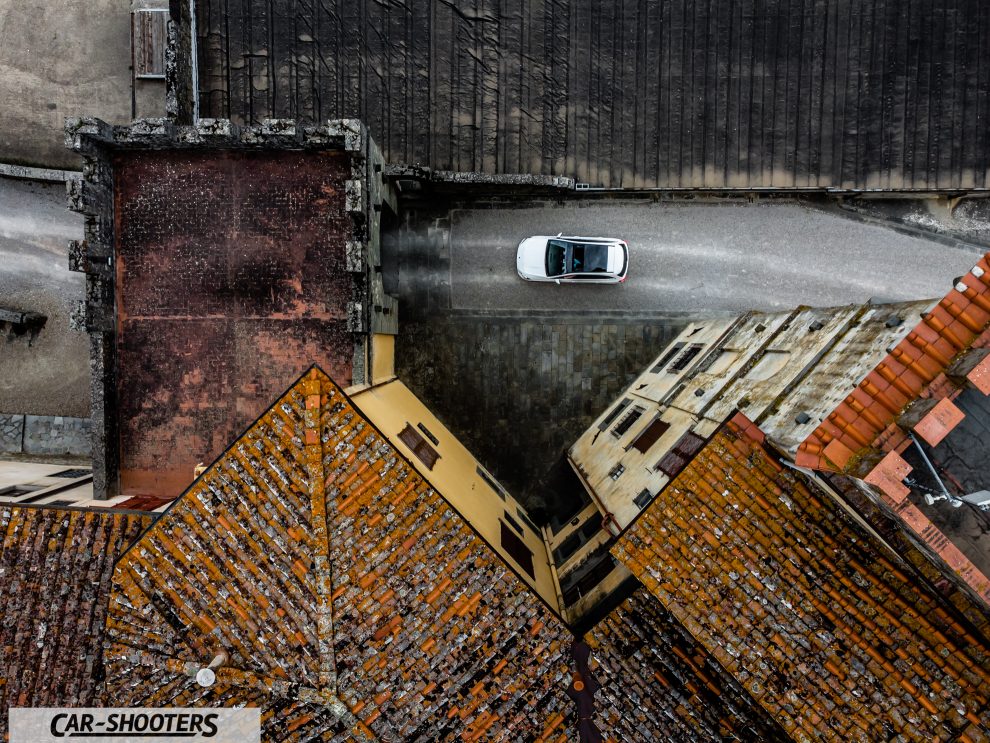
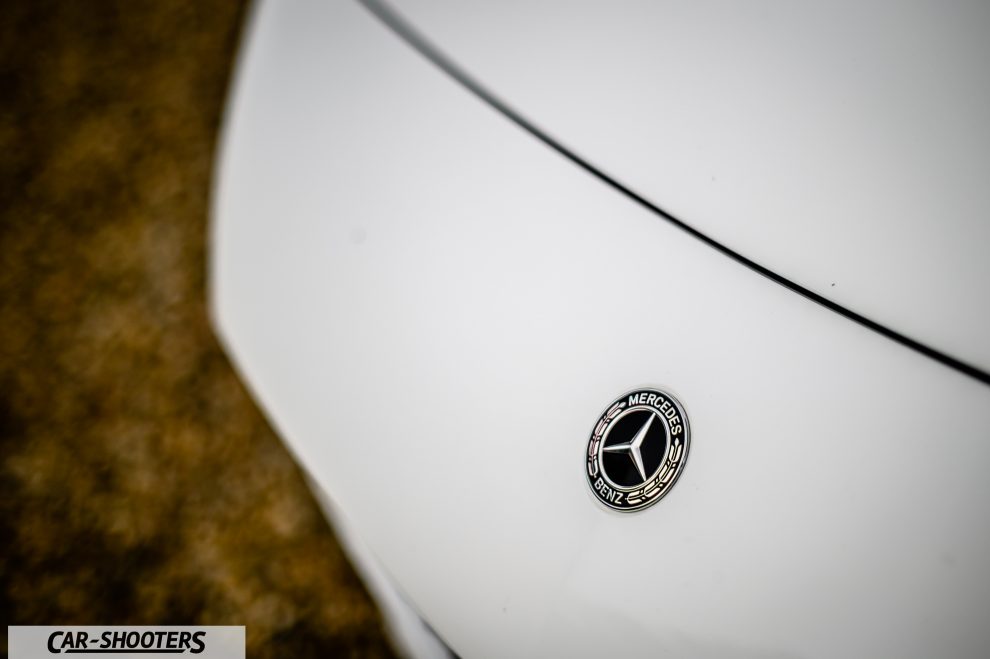
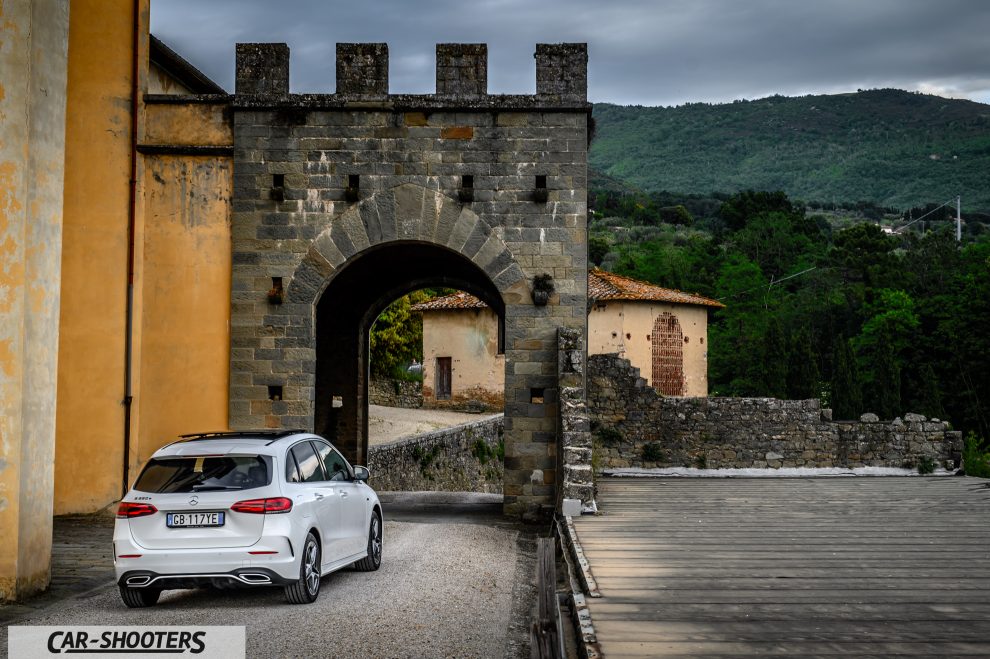
As for full electric cars, talking about consumption is very difficult, it depends on many factors such as the type of use, if you charge the batteries each time, how many km you drive a day and so on. In these two weeks driving the B250e I tried a bit to emulate all the use cases. On Mercedes B-Class, by fully charging the 15.6kwh battery you can quite easily travel 65km totally in electric, with a consumption equal to 0 of fuel. When the battery runs out, the car behaves like a standard hybrid, consuming about 6 liters per 100km. By counting a cost that can vary from € 6.75 for the columns to € 3 at home, very interesting kilometer/costs are obtained.
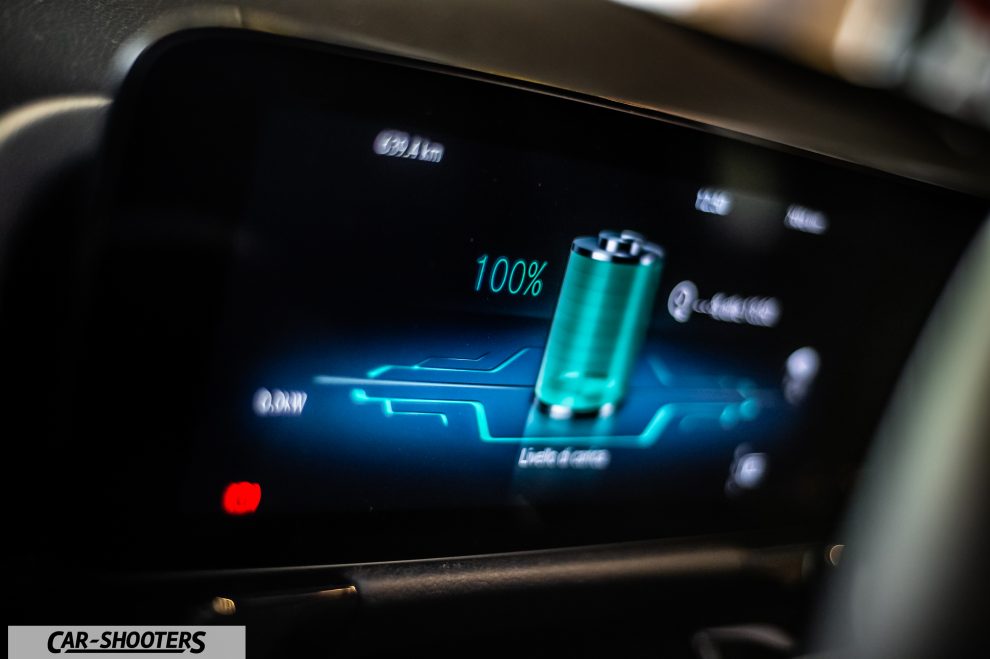
Noteworthy, and currently difficult to find on other plug-in hybrids, is the 7.4kw three-phase AC charger. It allows you to charge the entire battery at the columns in just over an hour and a half. The DC charger is also available as an option, which allows you to fill the battery in about half an hour.
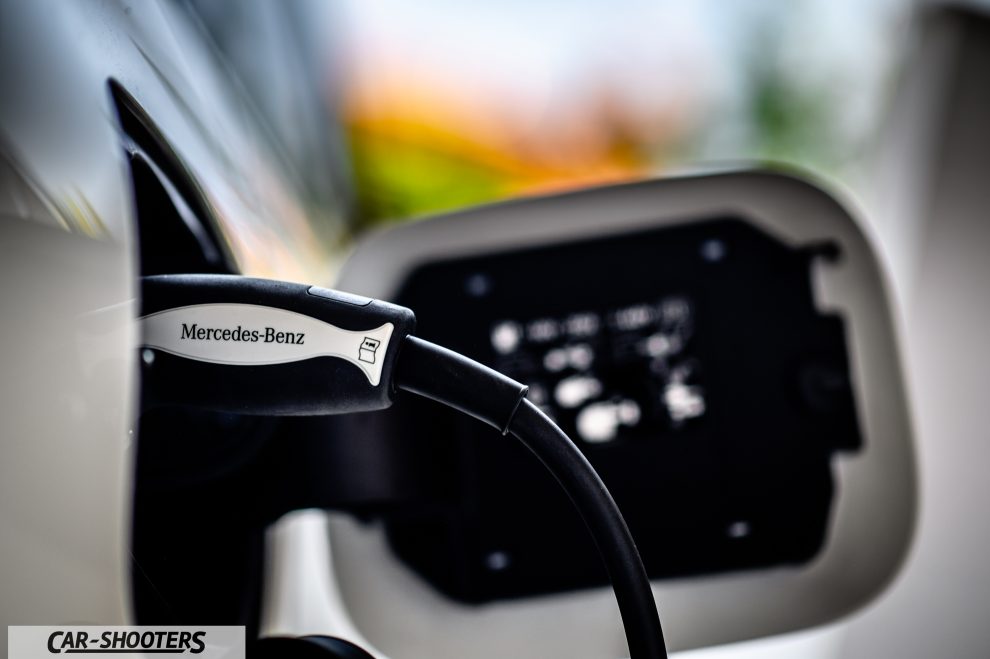
The purchase price is close to 50,000 euros. A price justified by the many cutting-edge technical solutions present on this car.
The Mercedes B-Class is still a car that we really liked thanks to the very successful mix of aesthetics, dynamics and technology. The costs, very close to those of a diesel if not in some cases lower, then definitively convinced us to approve it especially in this hybrid plugin variant.
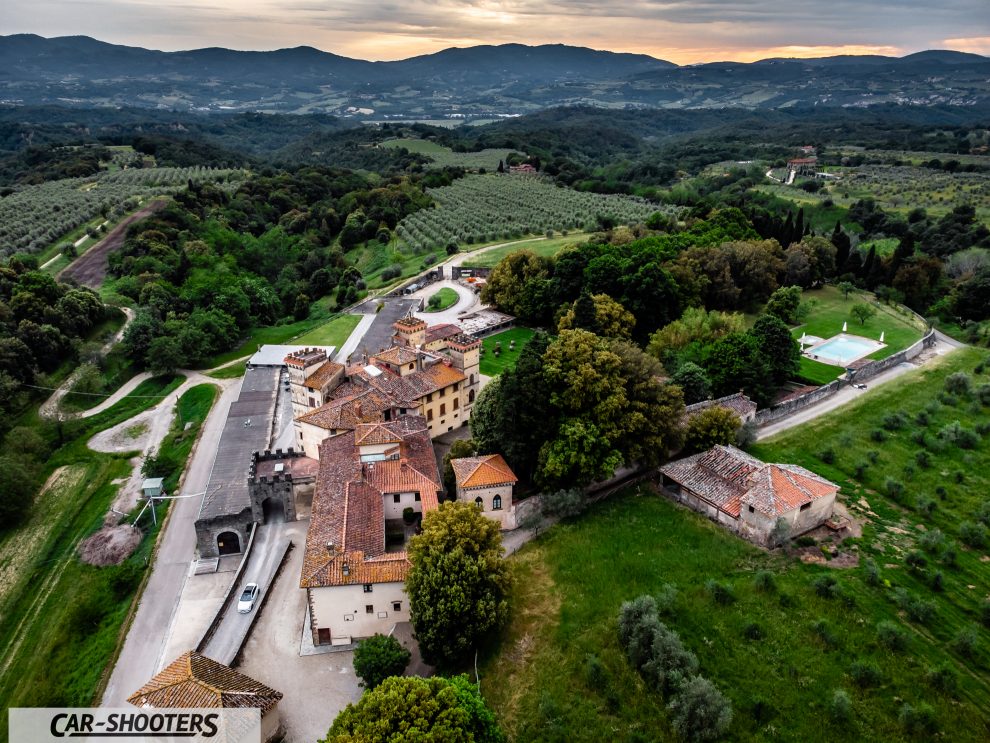
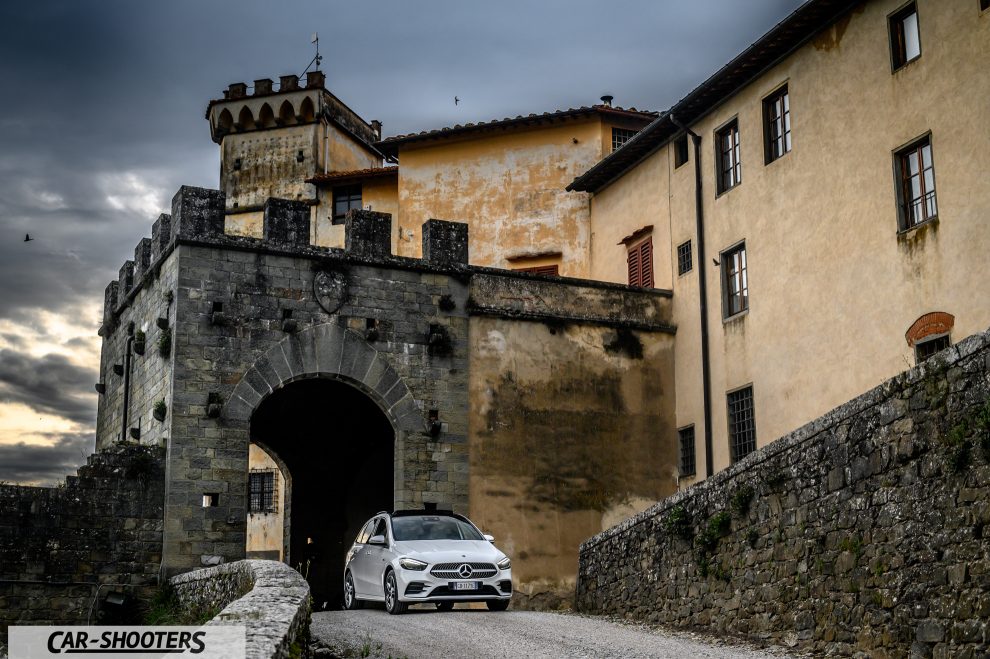
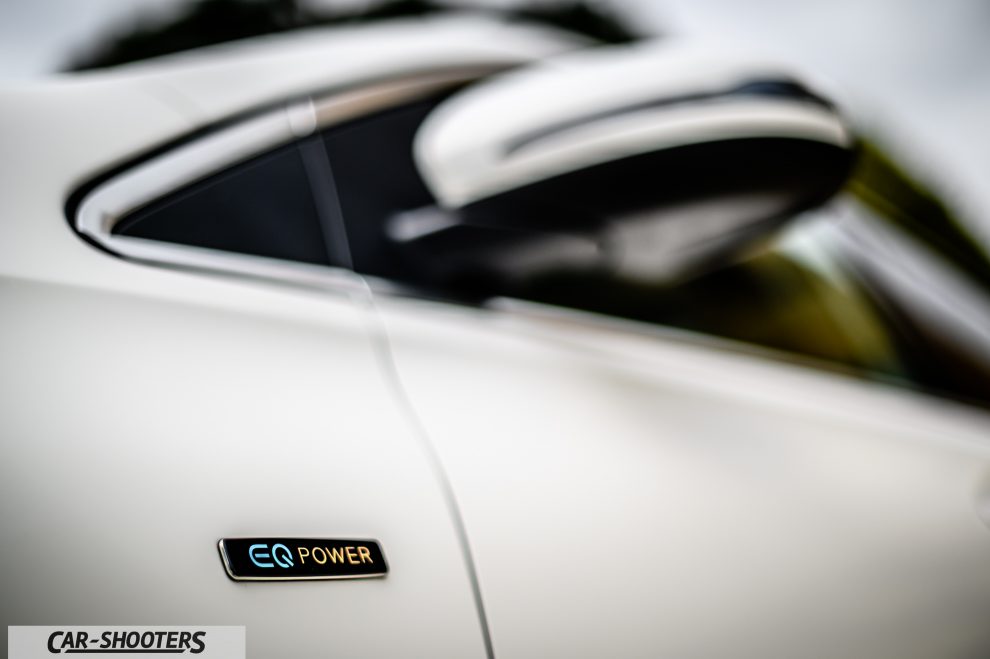
Bonus images:



